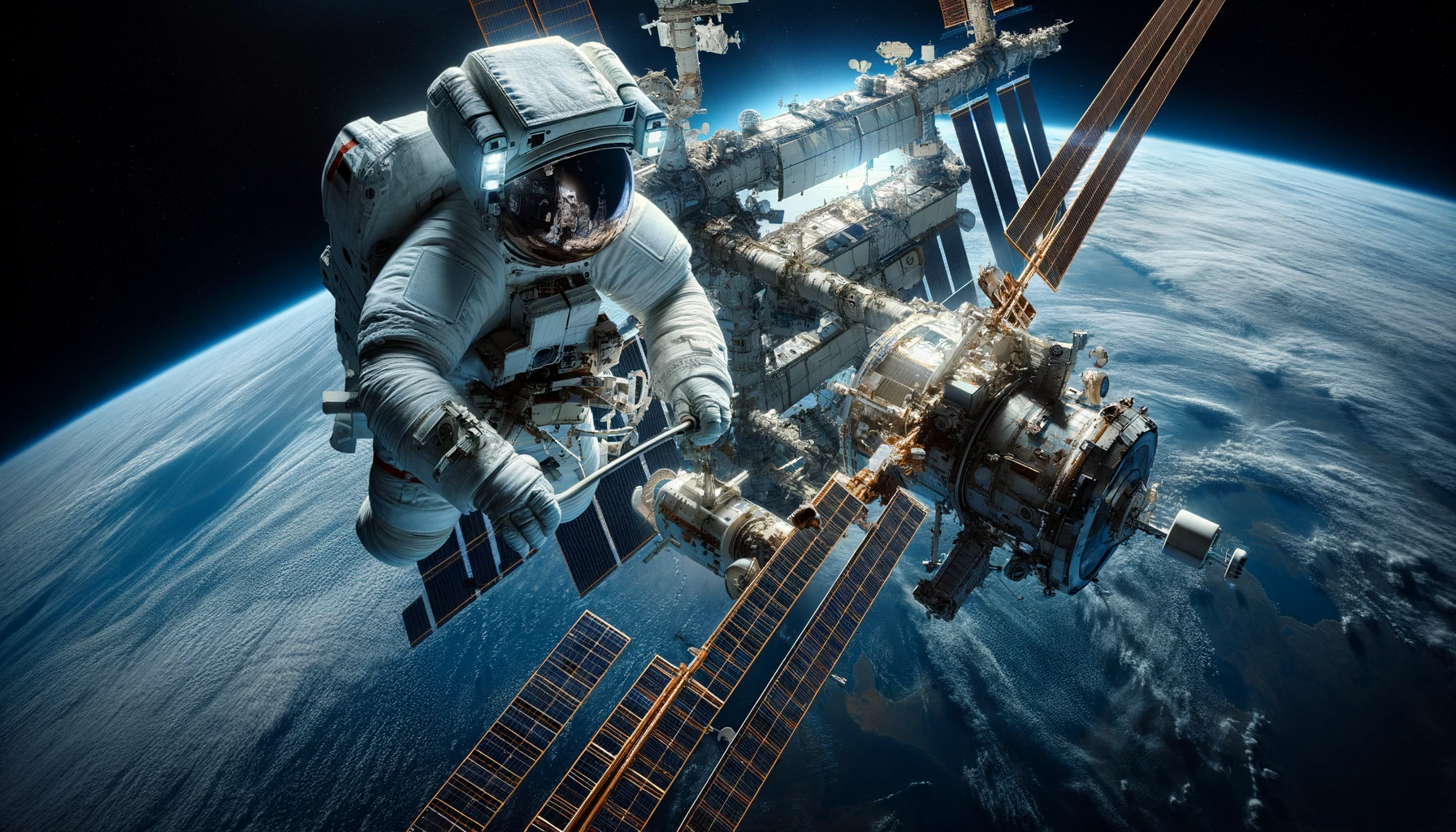As we expand our horizons beyond Earth, the role of commercial spaceflight in transporting crews and cargo to the International Space Station (ISS) has become increasingly vital. NASA‘s partnerships with companies like SpaceX and Boeing are not just about reaching space but sustaining a laboratory where humanity’s most pressing scientific questions can be explored in the unique environment of microgravity. These collaborations are crucial for the advancement of technology and science, encompassing fields from pharmaceuticals to disaster response.
How Do Commercial Flights Benefit ISS Research?
NASA’s engagement with commercial partners has significantly boosted the time available for research on the ISS. By facilitating more frequent and efficient crew rotations, these partnerships enhance the station’s role as a hub for scientific experiments, which now include more complex and diverse studies than ever before. These activities have far-reaching impacts, improving life on Earth and informing longer missions necessary for exploring further into our solar system.
What’s New in Cargo Resupply Missions?
The logistics of supplying the ISS with necessary equipment and experiments, as well as sending back results and samples, are managed through NASA’s Commercial Resupply Services program. Companies like Northrop Grumman have been particularly active, with numerous missions that not only deliver supplies but also safely dispose of station waste. The advancements in reusable spacecraft technology, such as SpaceX’s Dragon, also underscore a shift towards more sustainable space explorations strategies.
How Are New Technologies Tested in Space?
An intriguing aspect of these missions is the opportunity they provide for testing new technologies under the unique conditions of space. For example, Northrop Grumman’s Cygnus spacecraft has been used to conduct fire safety experiments after it departs the ISS, ensuring that potentially hazardous tests do not endanger the crew or the station.
In a broader historical context, the evolution of cargo and crew missions to the ISS reflects a significant shift toward leveraging commercial aerospace capabilities. This approach not only enhances the scope of space exploration but also democratizes access to space technologies, enabling a wider range of participants to contribute to and benefit from space-based research.
In related coverage, Engadget’s article “SpaceX Achieves New Milestones in Commercial Spaceflight” details recent achievements in commercial resupply missions, emphasizing the increased frequency and reliability of these missions. Additionally, an article from Space News, “Boeing’s Starliner Completes Another Successful Test,” focuses on advancements in crew transportation modules, which are crucial for future manned missions.
According to the journal Advances in Space Research, their paper “Effects of Microgravity on Pharmaceutical Solutions” highlights the importance of ISS experiments in developing drugs that might behave differently in the absence of gravity. This kind of research is pivotal for long-duration space travel and offers potential breakthroughs in medical science.
Key Insights from ISS Missions:
- Increased mission frequency boosts ISS research volume.
- Reusable spacecraft make space travel more sustainable.
- New technologies can be safely tested in space environments.
The synergy between human spaceflight and robotic missions continues to generate invaluable data that not only propels scientific discovery but also ensures that space remains a realm of peaceful and cooperative effort. Through the ongoing contributions of commercial space missions to the ISS, we are laying the groundwork for the future exploration of the Moon, Mars, and beyond, demonstrating the power of international collaboration in advancing human knowledge and capabilities in space.










